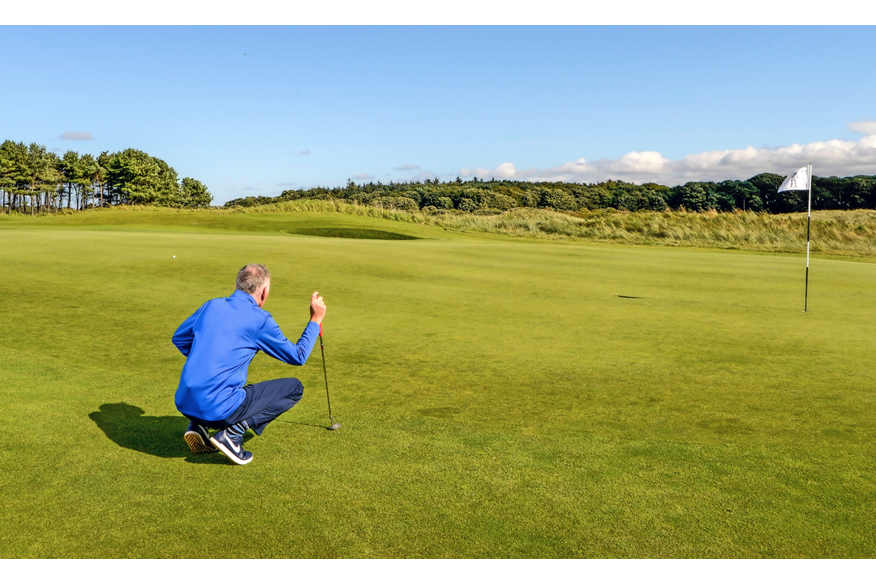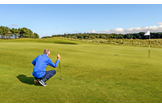How to read greens properly
Last updated:
Tips on reading greens: Prioritise pace over direction to cut out three-putts
Fault: Poor distance control from range
Fix: Focus on distance before direction.
The club golfer typically considers green reading an issue of line as opposed to pace. If this rings true with you, it’s time to have a rethink. For starters, on any putt with an element of break in it, the pace determines the line. But also, ask yourself when you last missed a 20ft putt by three feet left or right of the hole, and when you last missed it three feet short or long. My guess is your answers will be very different.
At all levels, golfers are invariably further out for distance than direction. So use these tips to make sure your green reading from distance is based on pace and not line… and watch those three-jabs dry up.
TAKE SIDES
We know pace determines line, but pace itself is determined by green contours. These slopes are much easier to see from the side than up or down the line, so spend more time reading the putt from the side. This also gives you a more accurate perception of the putt’s length.
FALSE START
Most golfers crouch behind the ball to read the putt. The problem here is that your eyes don’t hit the ground until a foot or so after the ball. This is enough to create a false impression, making you think the putt is shorter than it is. When reading for line, look from the hole back to the ball.
BE REALISTIC
The PGA Tour’s Stroke Gained stat tells us Tour pros have only a one in 10 chance of holing from 25ft. 87% of the time they two- putt. These are the best putters in the world, on the best greens. Accept that two putts is a great result and you’ll find it easier to switch attention to pace over line.
GO LOW
Find a breaking 20ft putt. Read the putt from both the high side, and also the low. You’ll see that looking from the higher side has the effect of flattening the green – but when you look from the low side, slopes become more apparent. So in reading the putt, always favour the low side.
KEEP YOUR FEET ON THE GROUND
As you walk around the putt, pay attention to how your feet react to the slopes. Your feet and ankles are very good at perceiving uneven ground and can give you valuable feedback on the slopes your ball must negotiate.
These tips come from Gary Nicol, who is based at Archerfield GC and is one of our TG Top 50 coaches. He runs TPEGS Ultimate Golf Experiences with Andrew Coltart (www.tpegs.com)


